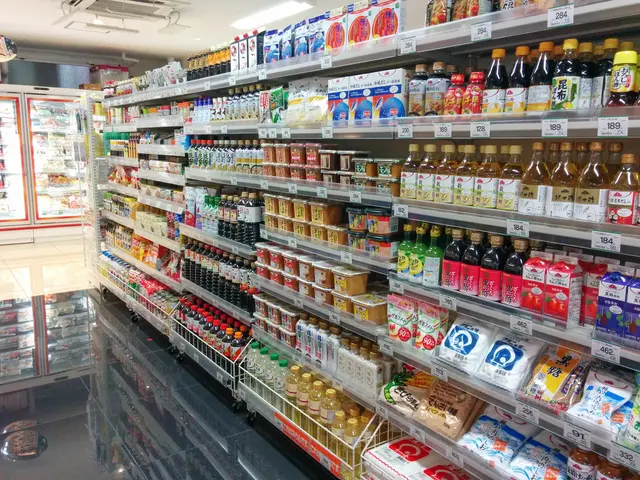Pakistan’s Hidden Treasure: A New Global Hub for Rare Earth Elements
Pakistan has emerged as a potential global supplier of light rare earth elements (LREEs), with the capacity to meet 5-10% of global demand. Preliminary resource estimates indicate a significant presence of LREEs in the country's deposits.
Pakistan's LREE deposits are primarily concentrated within three geological formations, with peak anomalies reaching up to 1,403.1 mg/kg. The country's national rare earth element map reveals a pronounced enrichment in LREEs, with a measured LREE to HREE ratio of 3.08:1. This favourably positions Pakistan to supply global demand, as LREEs represent approximately 95% of total rare earth consumption by volume across industrial applications.
The mapping project, covering an unprecedented 360,000 km2, was a result of bilateral cooperation between the China Geological Survey and Pakistan's Geological Survey. It employed stream sediment analysis, as REEs weather from host rocks at relatively slow rates and concentrate in predictable downstream patterns. The Himalayan Fold-and-Thrust Belt was identified as Pakistan's most REE-enriched geological region, displaying maximum concentrations in stream sediment samples.
Pakistan's potential as a global LREE supplier is significant, with strategic geological formations and a favourable LREE to HREE ratio. The country's first national rare earth element map, created through international collaboration, provides crucial data for strategic mineral development. However, information about international partnerships and concepts implemented within them is currently unavailable.
Read also:
- India's Agriculture Minister Reviews Sector Progress Amid Heavy Rains, Crop Areas Up
- Sleep Maxxing Trends and Tips: New Zealanders Seek Better Rest
- Over 1.7M in Baden-Württemberg at Poverty Risk, Emmendingen's Housing Crisis Urgent
- Life Expectancy Soars, But Youth Suicide and Substance Abuse Pose Concern








